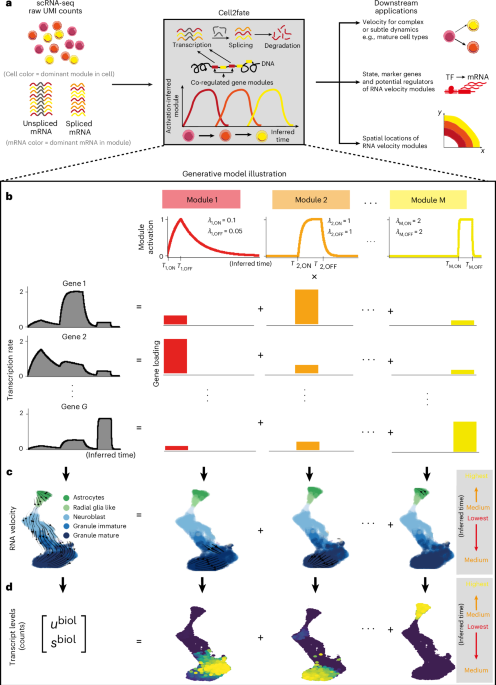March 4, 2025
Deep Out-of-Distribution Uncertainty Quantification via Weight Entropy Maximization
Deep Out-of-Distribution Uncertainty Quantification via Weight Entropy Maximization Antoine de Mathelin, François Deheeger, Mathilde Mougeot, Nicolas Vayatis; 26(4):1−68, 2025. Abstract This paper deals with uncertainty quantification and out-of-distribution detection in deep learning using Bayesian and ensemble methods. It proposes a practical solution to the lack of prediction diversity observed recently for standard approaches when used out-of-distribution (Ovadia et al., 2019; Liu et al., 2021). Considering that this issue is mainly related to a lack of weight diversity, we claim that standard methods sample in “over-restricted” regions of the weight space due to the use of “over-regularization” processes, such as weight



